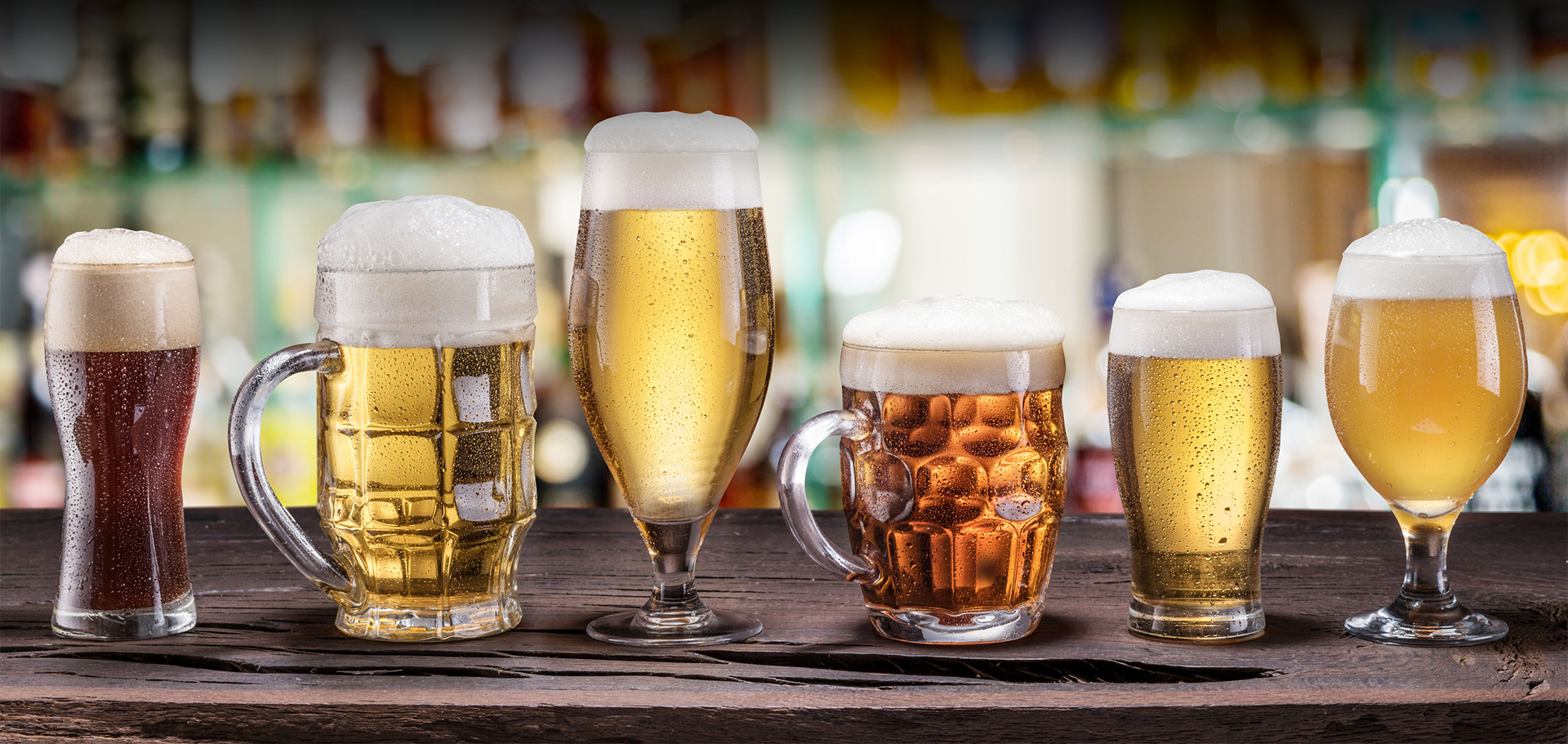Following Prohibition’s repeal in 1933, the regulation of commerce in alcohol was widely delegated to the individual states. Save for broad constitutional parameters and minimal Federal alcohol laws (such as the 1986 National Minimum Drinking Age Act), the states and their localities possess power to regulate alcohol from manufacturer to wholesaler to retailer to consumer and everywhere in between.
States do so in ways that advance their individual policy goals, including promoting competition and orderly markets, ensuring product safety and integrity, taxation, and reinforcing local moral and social values (Mississippi enforced its own version of prohibition until 1966, and numerous dry counties still exist in Kansas, Kentucky, South Dakota, Mississippi, Tennessee, Texas, Georgia, and Arkansas). Because these policy objectives vary from state to state, regulation has varied as well. This has produced interesting situations for players in the alcohol industry to say the least.
One such situation is the regulation of brewery taprooms and on-premises sales and samples. For example:
In Montana, Mont. Code Ann. § 16-3-213 allows licensed small-breweries to serve up to 48 ounces of malt beverage between 10:00am and 8:00pm on the premises. A “small brewery” in Montana is defined as producing not less than 100 barrels and no more than 60,000 barrels of beer per year.
In Mississippi, Miss. Code Ann. § 67-3-4 allows licensed breweries to sell up to 576 ounces of beer in retail packaging, growlers, or for direct consumption. On-premises beer sales may occur only during the hours of 7:00am to midnight. Prior to 2017, Mississippi law restricted breweries to only small samples.
In Alaska, Alaska Stat. § 04.11.130 allows licensed breweries to serve no more than 36 ounces to a person between the hours of 9:00am and 8:00pm and prohibits bar seating, live entertainment, televisions, pool tables, dart games, dancing, and other electronic games. Brewpubs, on the other hand, have no limit on on-premises sales or entertainment, but are capped at 15,000 barrels per year production.
In West Virginia, W. Va. Code § 11-16-6a allows only for up to ten complimentary samples no greater than two ounces each. However, the brewery must provide complimentary food items to the patron consuming the beer.
Discussion: given the wide variety of ways breweries are regulated, what should brewery owners and operators (or prospective owners and operators) do to ensure they are both operating in compliance with applicable laws and maximizing their business potential? The first thing a brewer can do is decide what kind of business he or she would like to have – a small brewery (perhaps with the option to upscale)? A brewpub or restaurant? A more-conventional beer bar or tavern? What is the brewery’s focus – production for distribution? On-site sales? A mix of both? Frequently-changing laws and regulations create new opportunities (new markets like craft-beer tourism) and challenges (increased competition, restrictive and/or conflicting requirements) for brewers. These issues are often difficult to deal with for the nascent brewery, but understanding local laws and regulations is a sure way to start.
Consider contacting legal counsel at Beer Law HQ for assistance with your brewery plans. Our attorneys have been successful in helping a number of clients successfully handle regulatory-compliance and other matters in the beer industry, including trademark and corporate-law issues. Call our Denver office at (303) 534-1958 or request a consultation online today.



.png)

